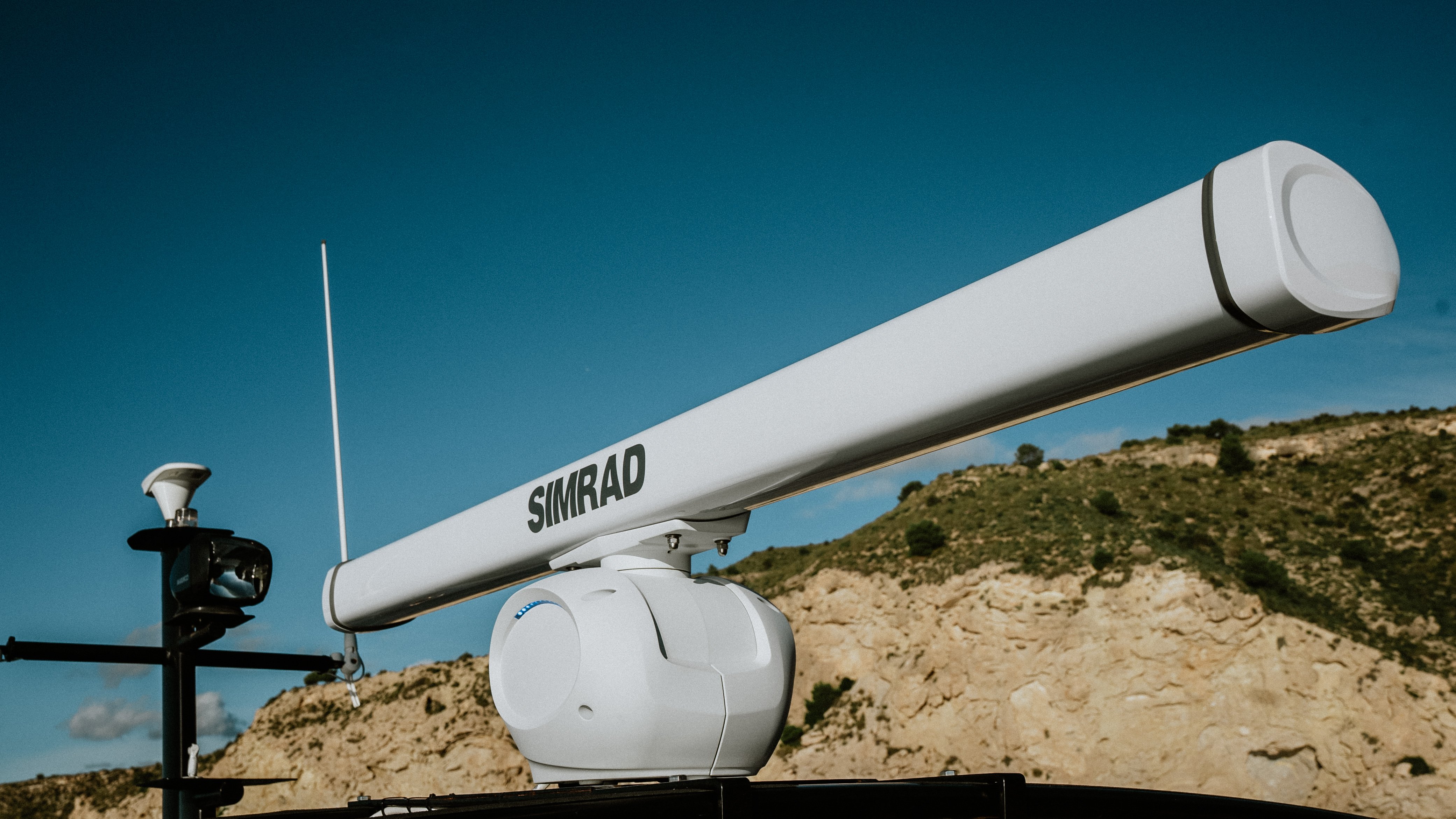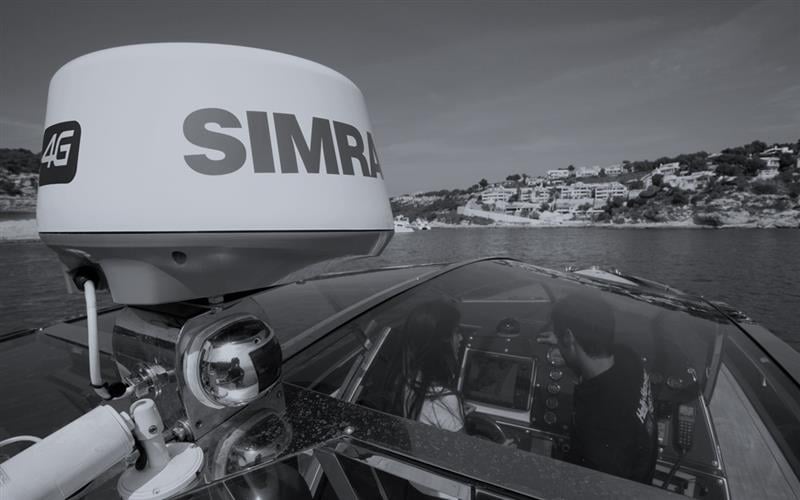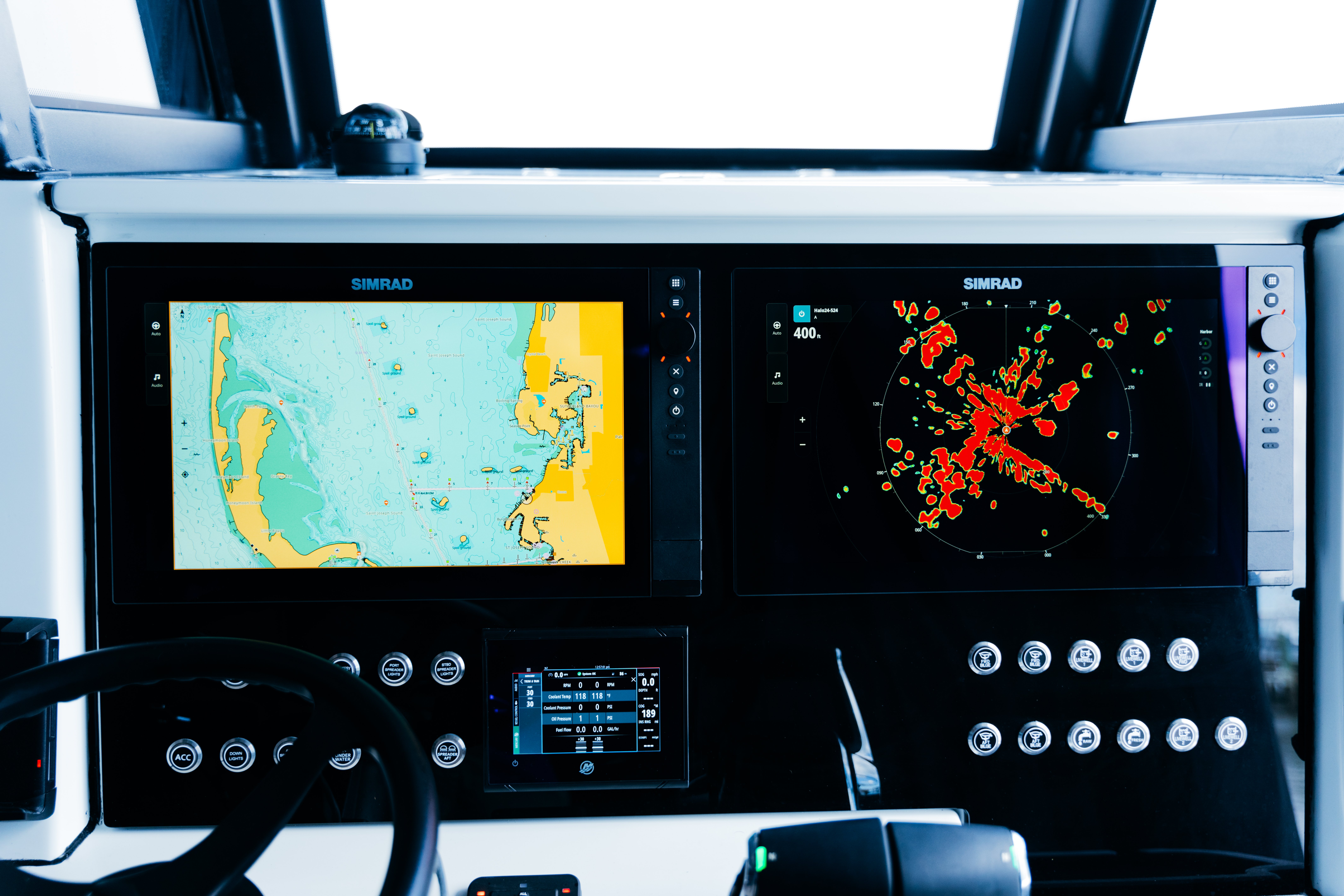The Evolution of Marine Radar: From Magnetron to Pulse Compression
Marine radar is an essential tool for navigation and safety at sea, helping captains detect vessels, landmasses, birds, and weather. From traditional magnetron radar to advanced pulse compression systems, each technology offers a different balance of performance, power efficiency, and resolution. Understanding these differences can help you choose the best radar for your boat and your boating style.

Magnetron Radar: The Traditional Option
Magnetron radars have served as the industry standard for decades. These systems use a vacuum tube to generate high-power pulses and detect objects at varying distances. While still in use today, they come with some key limitations:
- Shorter Lifespan: Magnetron tubes degrade over time and require replacement.
- Lower Resolution: Struggles to distinguish closely spaced targets.
- Manual Tuning: Requires regular adjustment to maintain peak performance.
- High Power Consumption: Less efficient than modern radar systems.
Magnetron radar systems are often lower in upfront cost but typically require more maintenance and offer less performance for discerning anglers and cruisers.
3G™/4G™ Radar: Dated Technology for Simpler Applications
Simrad® 3G™ and 4G™ Broadband Radars were a game-changer when introduced, offering safer emissions and better target resolution than magnetron units. These systems use FMCW (Frequency Modulated Continuous Wave) technology to deliver:
- Instant-On functionality
- Superior Short-Range Clarity
- High Target Separation
- Low Emissions (safe for smaller vessels)
- Lower Power Draw
However, this technology is now considered dated. It lacks the long-range power, advanced bird-finding capabilities, and Doppler-based tracking offered by newer Simrad® HALO® radars. For serious anglers, cruisers, or offshore boaters, pulse compression radar is the recommended upgrade path.


Pulse Compression Radar: Cutting-Edge Performance
Pulse compression radar delivers superior clarity, resolution, and detection capabilities by using advanced signal processing. Simrad® HALO® radars are among the most advanced marine radar systems on the water today, combining the best features of traditional and broadband radar in a single unit.
Key benefits include:
- Exceptional Target Resolution: Easily distinguish between tightly spaced objects like boats, buoys, or flocks of birds—even in poor visibility.
- Consistent Range Accuracy: Detects near and distant targets with precision, making it easier to navigate harbors or scan for weather patterns offshore.
- Automatic Operation: HALO® radars automatically adjust for sea conditions and clutter—no need for manual tuning.
- Energy Efficient: Lower power draw keeps your electrical system optimized for other onboard systems.
- Durable & Low Maintenance: No magnetron tube means fewer parts to wear out.
- VelocityTrack™ Technology: See whether targets are approaching or moving away, with intuitive color-coding to enhance situational awareness.
- Bird Mode: Designed for anglers, this mode detects distant flocks of birds, helping you find active fishing zones well beyond visual range.
Bird Detection: Why It Matters
One of the most practical reasons to upgrade to pulse compression radar is its ability to detect birds—an invaluable tool for offshore fishing.
|
Radar Type |
Bird Detection Capability |
|
Magnetron |
Limited – small targets often missed or misidentified |
|
3G™/4G™ |
Fair – short-range detection only |
|
Pulse Compression (HALO®) |
Excellent – long-range bird detection with dedicated Bird Mode |
Bird Mode on Simrad® HALO® radars helps you spot flocks of birds before the competition does—giving you an edge when chasing bait and big game fish.

Final Thoughts
When it comes to marine radar, Simrad® HALO® pulse compression stands above magnetron and 3G/4G™ technologies—delivering superior clarity, long-range detection, and powerful features like VelocityTrack™ and Bird Mode.
Explore the HALO® radar lineup to find the right fit for your boating style—whether you're navigating marinas, watching weather, or tracking birds to locate fish.
















